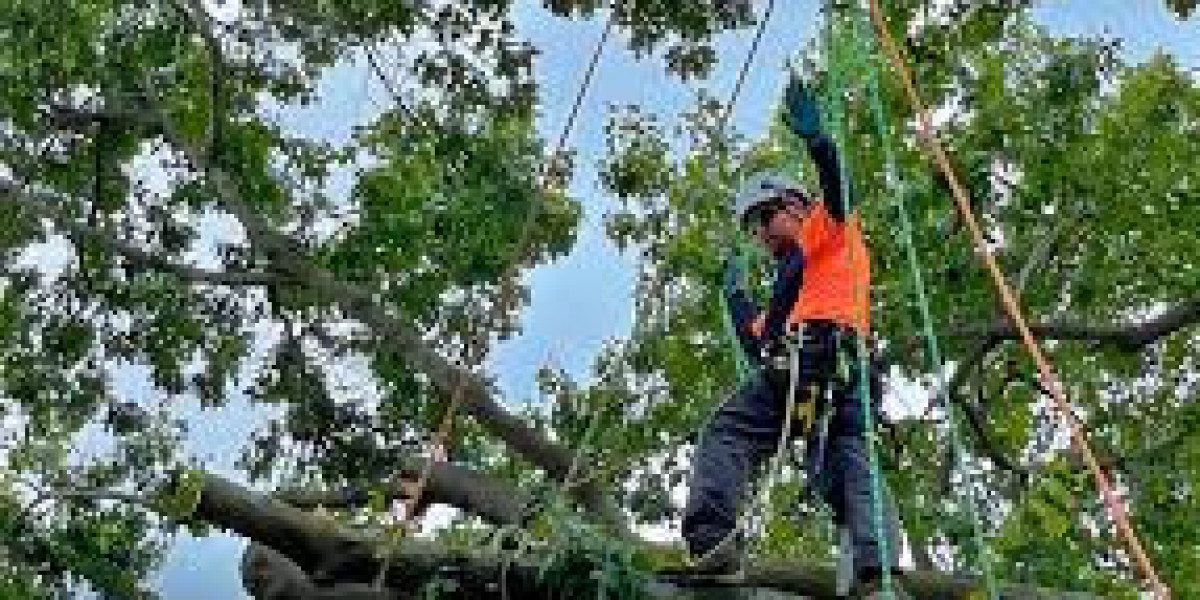Trees bring beauty, shade, and environmental benefits to our communities, but when nature turns unpredictable, they can quickly become a hazard. Fallen or damaged trees from storms, heavy winds, ice, or disease can threaten your home, vehicles, and family. In these urgent situations, emergency tree services are essential to ensure safety and prevent further damage. This article explores what emergency tree service entails, common scenarios requiring immediate action, and why professional assistance is crucial.
What Is Emergency Tree Service?
Emergency tree service refers to the urgent removal, stabilization, or care of trees that pose an immediate risk to people, property, or infrastructure. Unlike regular tree maintenance, these services are available 24/7 and are designed to respond quickly to unexpected tree-related hazards. The goal is to minimize risk, protect property, and restore safety in the shortest possible time.
Common Situations That Require Emergency Tree Services
1. Storm Damage
One of the most common reasons for emergency tree service is storm damage. Severe weather events, including thunderstorms, tornadoes, or ice storms, can cause trees to fall or lose large limbs. These situations are dangerous because broken branches or uprooted trees can strike houses, vehicles, power lines, or pedestrians. Quick professional intervention reduces the risk of injury and limits property damage.
2. Fallen Trees on Property or Roads
A fallen tree blocking driveways, streets, or pathways requires immediate attention. Emergency tree services can safely remove the obstruction, restoring access and preventing accidents. These situations often require heavy equipment and skilled arborists who can handle large, unstable trees.
3. Tree Leaning or At Risk of Falling
Sometimes, trees may not have fallen yet but are structurally compromised due to root damage, disease, or previous storms. A leaning tree near a home or high-traffic area can fall unexpectedly, creating a dangerous situation. Emergency services can assess the risk and remove or stabilize the tree before disaster strikes.
4. Damage to Utilities
Trees that fall on power lines, gas lines, or water lines pose both immediate danger and potential service disruption. Emergency tree professionals coordinate with utility companies to safely remove hazardous trees and prevent accidents such as electrocution or gas leaks.
5. Post-Storm Cleanup
After severe weather, multiple trees or limbs may be damaged. Emergency tree services provide rapid cleanup to prevent further property damage and ensure that roads and properties are safe for use.
Why Professional Emergency Tree Services Are Essential
Attempting to remove a fallen or damaged tree yourself can be extremely dangerous. Emergency tree professionals offer several advantages:
1. Safety Expertise
Emergency arborists are trained to handle unstable trees, broken limbs, and storm-damaged properties safely. They use specialized tools and techniques to avoid injury and prevent further damage.
2. Quick Response
Time is critical in emergencies. Professional tree services offer rapid response, often available 24/7, to address hazards before they escalate.
3. Specialized Equipment
Emergency situations often involve large or precarious trees. Professionals have cranes, chainsaws, ropes, and other specialized equipment to safely remove trees from tight or Emergency tree service locations.
4. Property Protection
Trained arborists carefully plan the removal process to minimize damage to surrounding structures, landscaping, or vehicles. They also handle debris removal and stump grinding when necessary.
5. Insurance and Liability Coverage
Professional emergency tree services are insured, providing homeowners protection against accidents or damages that may occur during the removal process. Attempting DIY removal could result in personal injury or property liability.
The Emergency Tree Service Process
Understanding what to expect can help homeowners act quickly during an emergency. Here is a typical step-by-step approach:
1. Assessment
Upon arrival, the arborist evaluates the situation, identifying immediate hazards, tree stability, and potential risks to property or people.
2. Planning
The team develops a safe plan for tree removal or stabilization. This includes determining the best equipment, access points, and methods to safely manage the tree.
3. Tree Removal or Stabilization
Depending on the situation, the arborist may remove the tree entirely, trim broken branches, or stabilize leaning trees to prevent further danger.
4. Cleanup and Debris Removal
After the tree is removed, professionals clear the site of branches, leaves, and wood. Stump grinding and hauling debris away are often included.
5. Follow-Up Services
In some cases, follow-up services such as planting new trees, treating neighboring trees for disease, or repairing damaged landscaping are recommended to restore the property fully.
Choosing the Right Emergency Tree Service
Selecting a reliable emergency tree service can make a significant difference in safety and efficiency. Consider the following when choosing a provider:
Availability: Ensure the company provides 24/7 emergency response.
Credentials: Verify licensing, insurance, and certification from recognized arborist organizations.
Experience: Look for experience in storm damage removal, large tree handling, and urban environments.
Equipment: Confirm that the company has the tools and machinery needed for complex or dangerous tree removals.
References and Reviews: Check past client experiences to assess professionalism and reliability.
Preventive Measures to Reduce Tree Emergencies
While emergencies can’t always be predicted, regular tree maintenance can reduce the risk:
Conduct routine inspections for disease, decay, or structural issues.
Prune weak or dead branches before storms.
Remove trees too close to buildings or power lines.
Hire professional arborists for periodic health assessments.
Conclusion
Emergency tree service is a critical resource for homeowners, property managers, and municipalities when trees pose an immediate risk. From fallen storm-damaged trees to leaning or unstable trees, professional emergency arborists provide safety, expertise, and rapid response to protect people and property. While preventive maintenance is always recommended, having access to a reliable emergency tree service ensures that even the most unexpected situations can be handled safely and efficiently.








